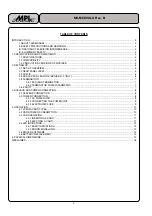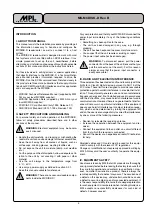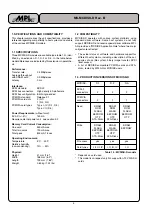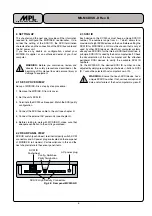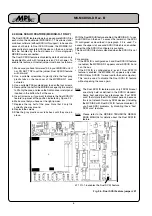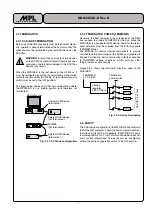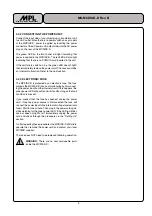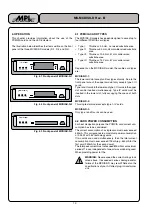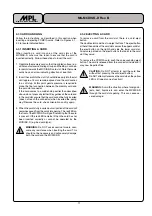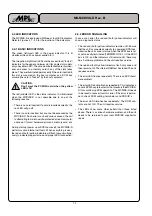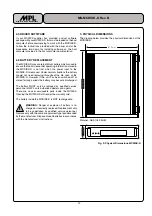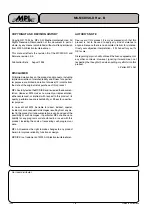
1 0
High-Tech Made in Switzerland
MS-MCDISK-D Rev. B
4. OPERATION
This chapter provides information about the use of the
PCMCIA cards and the LED indicators.
The illustration below identifies the items visible on the front
panel of the three MCDISK-D models (D-1, D-2 and D-3).
Fig. 4.1 Front panel of MCDISK-D-1
Fig. 4.2 Front panel of MCDISK-D-2
Fig. 4.3 Front panel of MCDISK-D-3
4.1 PCMCIA CARD TYPES
The MCDISK-D models have been designed to accept up to
four different PCMCIA card types:
• Type I:
Thickness 3.3 mm, no raised substrate area
• Type II:
Thickness 5.0 mm, 48 mm wide raised substrate
area
• Type III:
Thickness 10.5 mm, 51 mm wide raised
substrate area
• Type IV: Thickness 14.2 mm, 51 mm wide raised
substrate area
Dependant on the MCDISK-D model, the usable card types
are:
MCDISK-D-1:
The lower card slot accepts all four types of cards. Due to the
front panel cut-out, the upper card slot only accepts type I - III
cards.
Type I and II cards in the lower and type I - III cards in the upper
slot can be inserted simultaneously. Type IV cards must be
inserted in the lower slot, fully occupying the space of both
slots.
MCDISK-D-2:
This single slot model accepts type I - IV cards.
MCDISK-D-3:
Only type I and II cards can be used.
4.2 CARD POWER CONSUMPTION
For heat dissipation purpose the PCMCIA card current con-
sumption has to be considered.
The current consumption of a single card must never exceed
450mA. This corresponds to a maximum power consumption
of 2.25 W with 5V technology cards.
If two cards are used simultaneously, then the total current
consumption must never exceed 700mA (e.g. 450mA for the
first card, 250mA for the second card).
The total peak current must not exceed 800mA for a maximum
period of 1.5sec, independent of one or two cards being used.
When providing power for the
WARNING: Never exceed the current ratings indi-
cated above. If exceeded, serious damage and/or
failure of the MCDISK-D may result! Note also the
specifications of your AC direct plug-in transformer
unit.
Power Status InUse
CDISK
Power Status InUse
CDISK
Power Status InUse
CDISK


